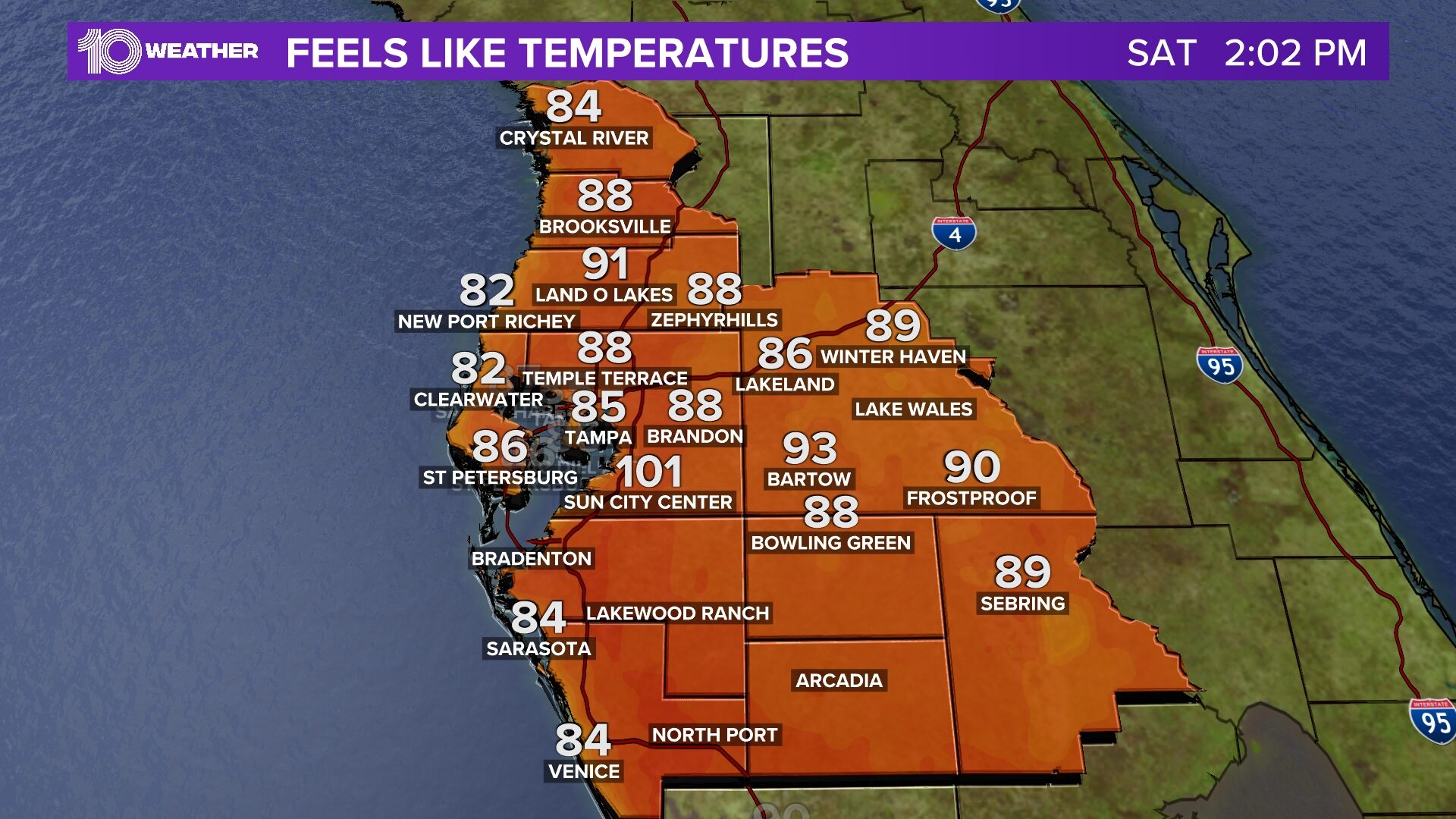
/cloudfront-us-east-1.images.arcpublishing.com/gray/4IKLOSLLPZHHXBQFG2YSDWJN7A.png)
But when there’s already a lot of moisture in the air, it makes it harder for sweat to evaporate from our skin.Another great update! This time, we want to let you know that our Weather APIs have just become more ‘human’. Humidity, which is how much water vapour is in the air, is a big deal when it comes to feeling the heat. Credit: Nick Moir Where does humidity come into it?
CURRENT FEELS LIKE TEMPERATURE SKIN
Wind can strip away that layer and leave our skin more exposed to the cold – thus, wind chill.Ī pedestrian runs through heavy rainfall in Sydney’s CBD in May. But it’s not just layers of clothing it’s cutting through you also have a natural layer of warmer air around your body that helps to insulate you from cooler surrounding air. When the wind whips against you, it can feel like it’s slicing through your thermals. “So it’s a balance of those two factors, which takes the actual temperature and turns it into a ‘feels like’ temperature.” How does wind affect how cold you feel? “The equation is to give us a specific reading, but the general rule of thumb is: the windier it is, the cooler it will feel, and the more humid it is, the warmer it will feel,” Claassen says. Credit: Flavio BrancaleoneĪnd then they take 4 off at the end for good measure, which Claassen explains is part of the calibrations done when Australian researcher Robert Steadman first designed the equation. “E” indicates a specific measure of humidity called “water vapour pressure” which is multiplied by 0.33, while “WS” is the current wind speed multiplied by 0.7.įorecasts showed Sydneysiders could expect to experience a month’s worth of rain in five days in July. “Ta” is the ambient temperature reading, the baseline temperature measure. In that equation “AT” stands for “apparent temperature” (the “feels like” reading). More specifically, despite its less-than-scientific sounding name, “feels like” is derived from this carefully designed equation:

To provide a fuller picture, “feels like” is calculated using air temperature along with factors including wind and humidity. But it “doesn’t really account for the subtle differences in how conditions feel day to day”, Claassen says. This allows meteorologists to get an accurate reading of air temperature in the shade. “The apparent temperature will take into account differences in conditions that … will affect how that temperature feels to people,” he says. The “feels like”, or apparent, temperature is what a regular person would experience when outside, in the shade, and dressed for the weather, says Bureau of Meteorology forecaster Pieter Claassen. It does exactly what it says on the tin – it’s a measure of what the weather actually feels like when you’re out and about in it. Credit: Jason South What does ‘feels like’ temperature mean?

Icy winds and rain greeted commuters on the first day of winter in Melbourne’s CBD. In Melbourne, the mercury is forecast to drop to 8 degrees at 7am on Saturday, but the “feels like” temperature is set to be as low as 2 degrees. In Sydney on Thursday, locals saw the temperature forecast show 12 degrees at 10am, but it felt like 5 degrees.
CURRENT FEELS LIKE TEMPERATURE HOW TO
But the “feels like” temperature, a measurement developed by an Australian researcher 40 years ago, might give you a better idea of how to dress for the day.

The cold snap of air as you walk out the door in the morning might have you questioning whether this year’s sharp winter is eluding the experts.


 0 kommentar(er)
0 kommentar(er)
